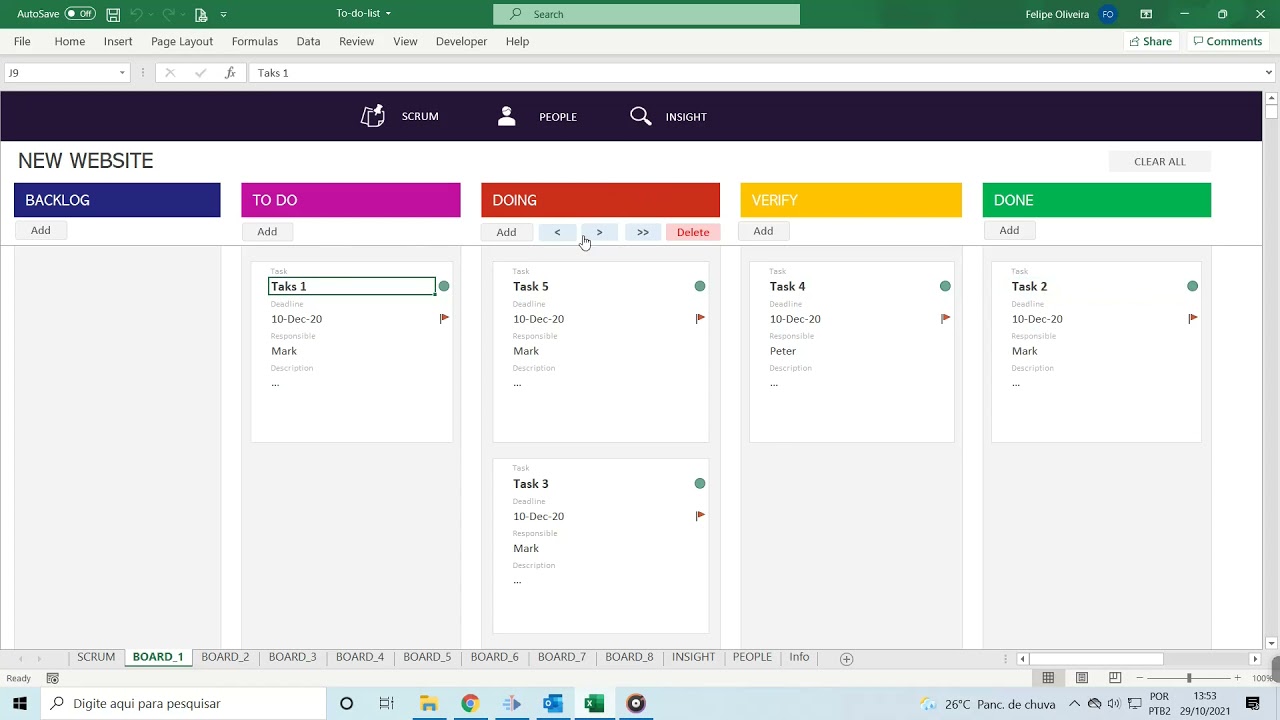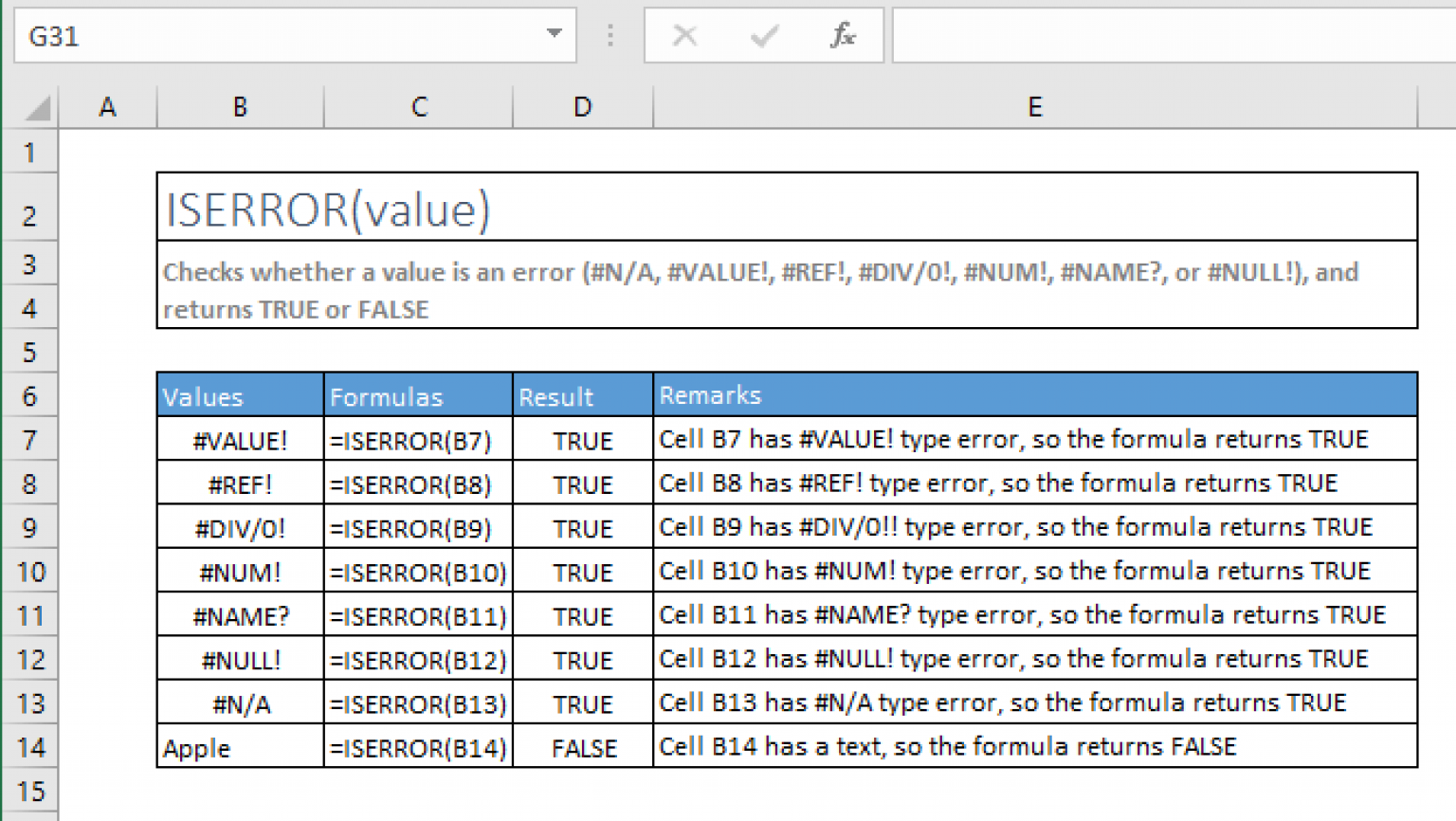Effortlessly Add Sheet Name to Excel 2016 Formulas

When working with Excel 2016, one of the common challenges users face is efficiently managing data across multiple sheets. This challenge becomes particularly evident when you need to use data from various sheets within your formulas. However, Excel provides a straightforward and powerful feature that allows you to reference sheet names in your formulas effortlessly. In this blog post, we'll explore how you can utilize this feature to enhance your productivity and streamline your data management tasks.
Understanding Excel Sheet References

Before diving into how to add sheet names to your formulas, it’s important to understand how Excel handles references. Here’s a quick overview:
- Sheet Name Syntax: A sheet name must be followed by an exclamation point (!) when referencing cells from another sheet. For example, if you’re in Sheet2 and want to reference cell A1 from Sheet1, you would write it as Sheet1!A1.
- Relative vs. Absolute References: In Excel, references can be either relative or absolute. While this doesn’t directly pertain to sheet names, understanding the difference helps in managing complex formulas.
Adding Sheet Names to Formulas in Excel 2016


Here are the steps to add a sheet name dynamically into your formulas:
1. Using the INDIRECT Function

- Open Your Excel Workbook: Ensure you are working with the Excel 2016 version or later to leverage this functionality.
- Select the Cell: Choose where you want to place your formula.
- Enter the Formula: Type
=INDIRECT(“SheetName!A1”), replacing “SheetName” with the name of the sheet you want to reference, and “A1” with the cell you’re referencing. This formula will dynamically adjust if the sheet name changes.
💡 Note: Using INDIRECT can slow down larger spreadsheets due to its volatile nature, meaning it recalculates with each worksheet change. Consider using it judiciously.
2. Dynamic Sheet References with Cell Values

If you want the sheet name to be determined by a cell’s value, follow these steps:
- Set a Cell for the Sheet Name: Enter the sheet name in a cell, let’s say in A1.
- Use a Formula: In another cell, type
=INDIRECT(“‘” & A1 & “’!A1”). This formula will pull the data from cell A1 of the sheet named in cell A1.
3. Advanced Usage - Concatenate with Other Cells

For more complex scenarios where you need to concatenate or perform operations with cells from different sheets:
- Enter the sheet name in one cell, say A1.
- In another cell, use a formula like
=INDIRECT(“‘” & A1 & “’!A1”) + B1, where B1 might contain a value you want to add to the value from the dynamically referenced sheet.
Benefits of Using Dynamic Sheet References

- Flexibility: Easily update formulas without manually changing sheet names.
- Time-saving: Automate repetitive tasks and reduce the risk of errors from manual updates.
- Scalability: Manage complex workbooks with many sheets more effectively.
To conclude, by incorporating dynamic sheet references into your Excel 2016 formulas, you unlock a level of efficiency and accuracy that can significantly improve your workflow. Whether you're dealing with large datasets, monthly reports, or complex financial models, this technique offers a seamless way to manage data from multiple sheets with ease.
Can I use the INDIRECT function to refer to a sheet name?

+
Yes, the INDIRECT function can dynamically reference sheet names. It converts a text string into a cell reference or formula reference, allowing for dynamic changes in sheet references.
Is there a risk when using INDIRECT in large spreadsheets?

+
Yes, because INDIRECT is a volatile function, it recalculates whenever any change is made to the workbook. This can slow down your Excel’s performance in large spreadsheets with numerous INDIRECT formulas.
What’s the advantage of using dynamic sheet names?

+
Dynamic sheet names allow for greater flexibility in your data management, making it easier to update and maintain formulas across multiple sheets without manual intervention. This saves time and reduces errors in data handling.